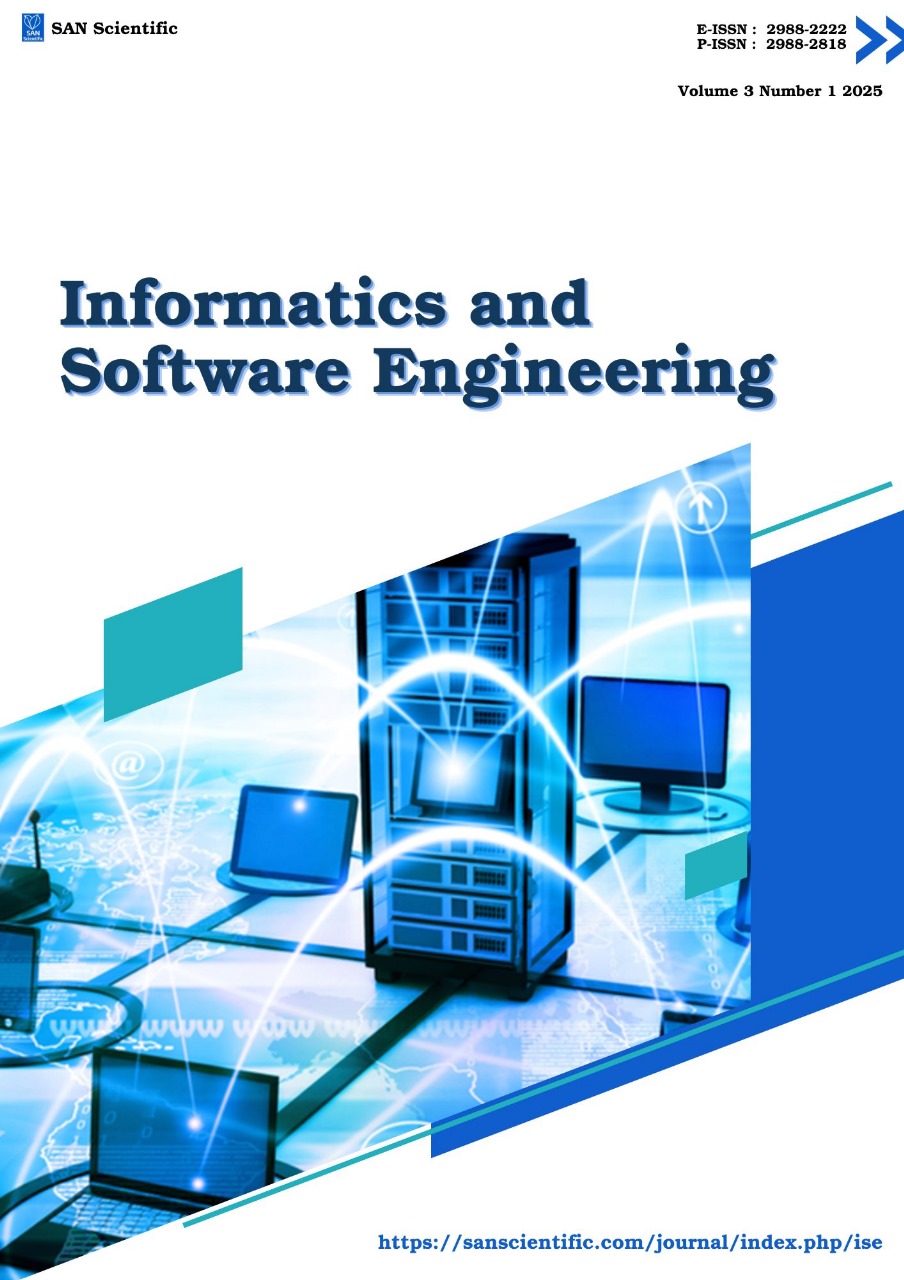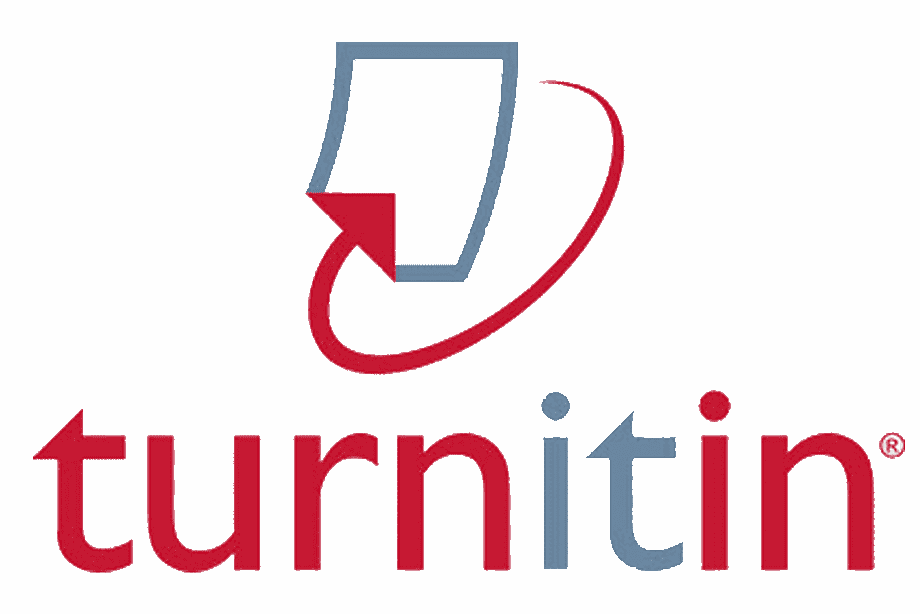Unified Predictive Modeling: Enhancing Accuracy with DBNs, Fuzzy ARTMAP, and SVMs
DOI:
https://doi.org/10.58777/ise.v3i1.425Keywords:
Machine Learning, DBNs, Fuzzy ARTMAP, SVMs, Ensemble modelAbstract
Amid the global surge in artificial intelligence, the field of machine learning is advancing rapidly, and selecting the most suitable algorithm for prediction tasks remains a crucial challenge. This paper introduces a novel ensemble model that combines three machine learning algorithms—Deep Belief Networks (DBNs), Fuzzy ARTMAP, and Support Vector Machines (SVMs)—to enhance predictive performance. Each machine learning model possesses unique strengths, and by integrating these models, it is possible to overcome individual model limitations and achieve more accurate and reliable predictions. DBNs excel at learning hierarchical representations and capturing complex patterns, Fuzzy ARTMAP is proficient in handling imprecise and ambiguous data, and SVMs are renowned for their robustness in high-dimensional spaces. Thus, the integrated framework leverages the complementary strengths of each model while mitigating their weaknesses. In this study, the proposed ensemble model's predictive power was validated through experiments on image data collected from actual construction sites for construction automation research. The prediction performance of the proposed ensemble model was evaluated and compared with that of individual models such as DBNs, Fuzzy ARTMAP, and SVMs, demonstrating its superiority. The experimental results showed that the proposed model outperformed each individual algorithm in terms of prediction accuracy, clearly illustrating the effectiveness of the ensemble approach.
References
Carpenter, G. A., Grossberg, S. (1987a). A massively parallel architecture for a self-organizing neural pattern recognition machine. Computer Vision, Graphics, and Image Processing, 37, 54-115.
Carpenter, G. A., Grossberg, S. (1987b). ART 2: Stable self-organization of pattern recognition codes for analog input patterns. Applied Optics, 26, 4919-4930.
Carpenter, G. A., Grossberg, S., & Reynolds, J. H. (1991b). ARTMAP: Supervised real-time learning and classification by a self-organizing neural network. Neural Networks, 4, 565-588.
Carpenter, G. A., Grossberg, S., & Rosen, D. B. (1991a). Fuzzy ART: Fast stable learning and categorization of analog patterns by an adaptive resonance system. Neural Networks, 4, 759-771.
Carpenter, G. A., Grossberg, S., Markuzon, N., Reynolds, J. H., & Rosen, D. B. (1992). Fuzzy ARTMAP: A neural network architecture for incremental supervised learning of analog multidimensional maps. IEEE Transactions on Neural Networks, 3(5), 698-713.
Chen, Z., Xia, Y., & Jiang, C. (2024). Reactor reliability modeling and reliable life analysis method for multi-state space reactor systems based on DBN and interval estimation. Progress in Nuclear Energy, 168, 104999.
Cortes, C., & Vapnik, V. (1995). Support-vector networks. Machine Learning, 20(3), 273-297.
Hinton, G. E., Osindero, S., & Teh, Y. W. (2006). A fast learning algorithm for deep belief nets. Neural Computation, 18(7), 1527-1554.
Kim, D. (2020). Application of deep neural network model for automated intelligent excavator. Asia-pacific Journal of Convergent Research Interchange, 6(4), 13-22.
Kim, J., & Lee, S. (2020). Application of Fuzzy ARTMAP for real-time pattern recognition in construction site monitoring. Automation in Construction, 112, 103068-103076.
Shukla, A., & Muhuri, P. (2024). A novel deep belief network architecture with interval type-2 fuzzy set based uncertain parameters towards enhanced learning. Fuzzy Sets and Systems, 477, 108744.
Wang, Y. (2023). Enhancing construction site monitoring using Support Vector Machines. Journal of Construction Informatics, 12(1), 78-92.














